As part of a fleet modernization upgrade, Maxcraft teamed up with Conair to transform their fleet of Twin Commanders into a modern workhorse. Used as an aerial command and control station over active wildfires, these aircraft serve a vital role directing both air and ground fire fighting crews. Coming to us with a traditional six pack instrument panel, they left with Garmin’s G600 TXi touchscreen glass primary flight display system, and a highly advanced audio management system allowing the pilot to coordinate with air traffic control, while the Air Attack Officer communicates with fire crews.
Maxcraft Prepares Conair Birddog for Fire Season
1974 Rockwell Twin Commander 690A
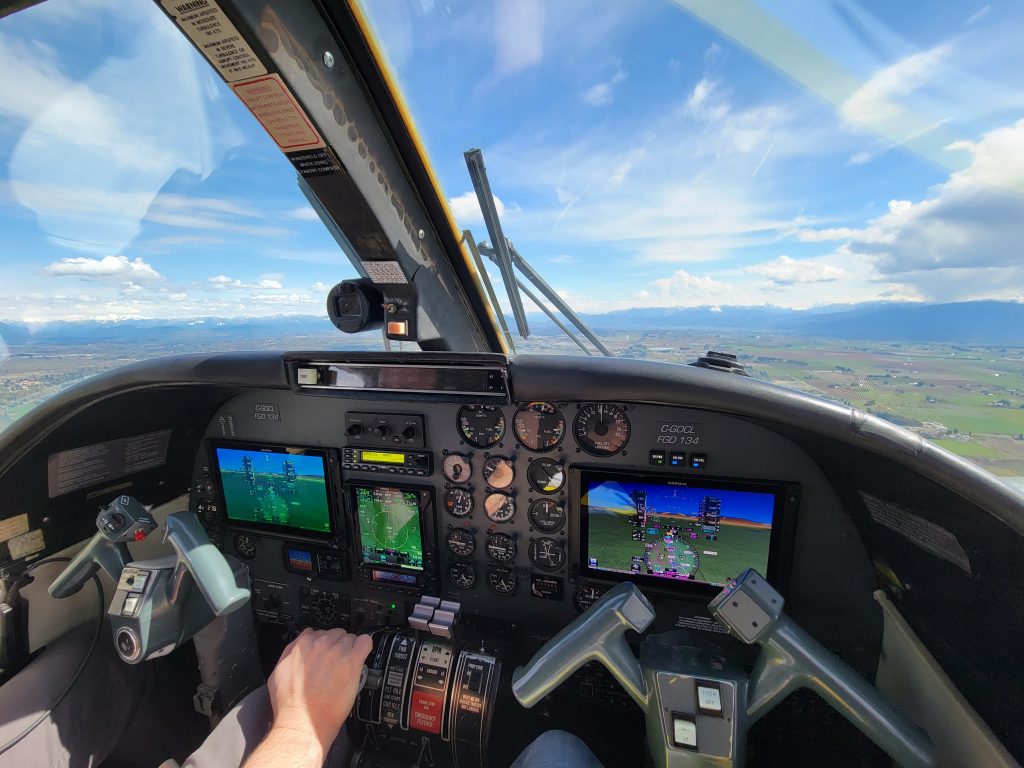
Aircraft & Owner:
The Twin Commander is a high wing airplane popular for aerial firefighting operations due to it’s excellent power and capabilities combined with the wings and engines being far enough aft on the aircraft to allow for excellent visibility of the ground from any of the front seats. Conair is a leader in aerial firefighting in both British Columbia and across North America. For over 50 years they have assisted forest fire fighting operations from the air, both by dropping water and retardant on hot spots, and by providing aerial intelligence for command and control over the wildfires. Conair has a fleet of Twin Commanders which they use as Birddog aircraft. These aircraft are flown by a single pilot, with an air attack officer, a highly trained and experienced fire fighter, in the co-pilots seat. While the pilot flies over the intended drop zone, the air attack officer will be on the radio to both ground crews and waterscoopers or airtankers directing the entire operation on where to drop water. Conair has an excellent explanation of how they conduct their fire-bombing operations on their website.
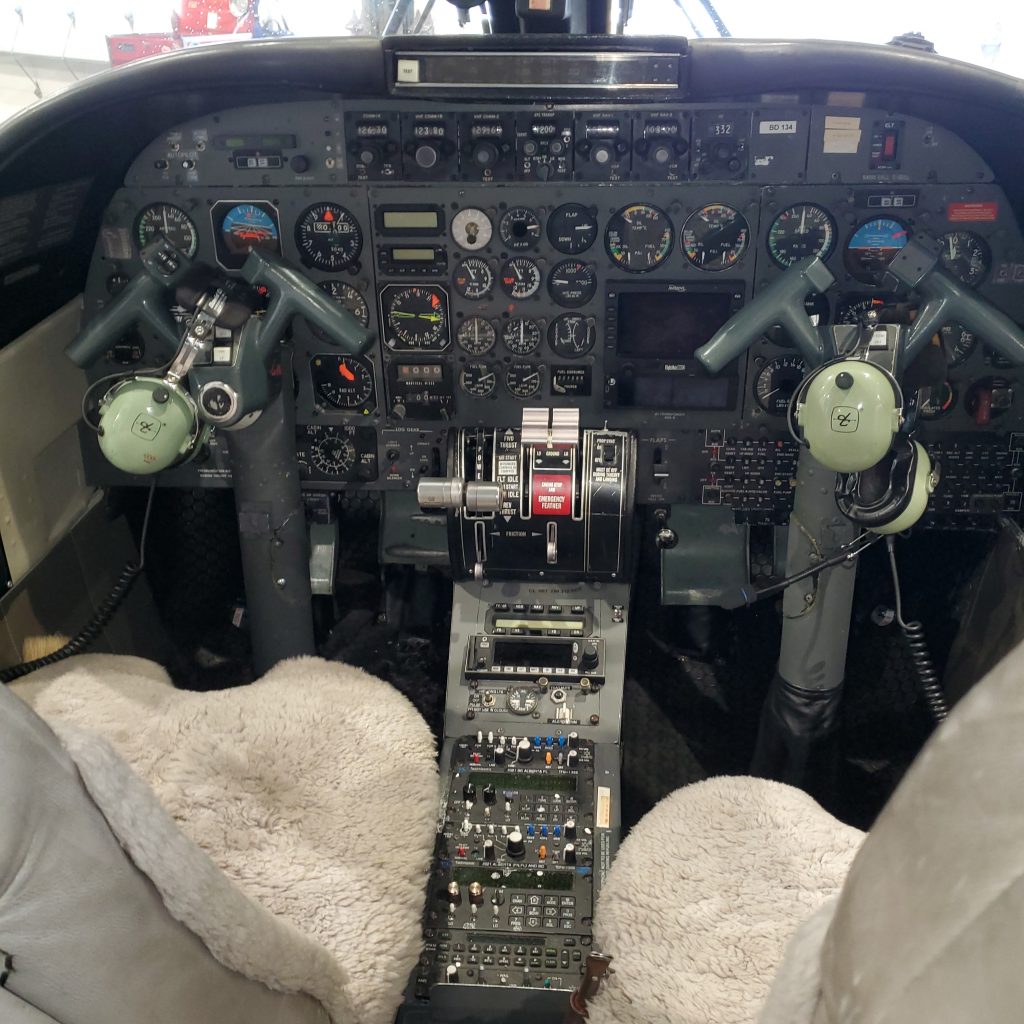
Need:
Conair wanted to retrofit this Twin Commander with all glass panel primary flight displays, replacing the aging analog instruments which are becoming more and more expensive to repair or overhaul when they fail. The added reliability and safety with this new technology make it an obvious choice for any avionics upgrade, whether a large aerial firefighting aircraft, or a much smaller general aviation airplane. This installation was going to be a major installation and included upgrades to almost every avionics system installed in this Twin Commander.
While most aerial fire fighting operations are conducted in VFR conditions, smoke and other factors can make conditions deteriorate very quickly making a fully IFR capable avionics stack a must have in any aircraft involved in the fire fights. On top of the risk of inadvertently entering instrument meteorological conditions, for the entire fire season the whole Conair fleet is on call and could be called out to anywhere in the province to assist with a forest fire at the drop of a hat. Repositioning flights may require flying in any weather conditions again highlighting the need for powerful IFR capable avionics.
NEW EQUIPMENT LIST
| Dual GDU 1060 | G600 TXi Dual Integrated Flight Display with SVT (Garmin) |
| Video Enablement | G600 TXi Video Enablement (Garmin) |
| Dual GTN 750 Xi | GPS/NAV/COMM/MFD (Garmin) |
| Flight Stream 510 | Wireless Cockpit Connectivity (Garmin) |
| GCU 485 | Primary Flight Display Controller (Garmin) |
| GRA 55 | Radar Altimeter (Garmin) |
| MD302 | Standby Attitude Module (Mid-Continent) |
| GTX 335DR | Remote-Mount ADS-B “Out” Transponder (Garmin) |
| GWX 75 | Digital Doppler Enabled Weather Radar (Garmin) |
| GRA 55 | Radar Altimeter (Garmin) |
| S-TEC 3100 | 3-Axis Digital Flight Control System and Autopilot (Genesys Aerosystems) |
| TDAP-611 | Audio Panel System (Technisonic) |
| GTR 225A | VHF Comm (Garmin) |
| CH93 | Chronos Digital Clock / MAX Power USB Charger (Mid-Continent) |
| TA360 | MAX Power USB Chargers (Mid-Continent) |
| GMU44 | Magnetometer (Garmin) |
| GA 35 | WAAS GPS Antenna (Garmin) |
| GA 36 | WAAS GPS Antenna (Garmin) |
| MaxPanel | Custom Powder Coated Instrument Panel (Maxcraft) |
| Center Pedestal | All Metal Equipment Pedestal (Maxcraft) |
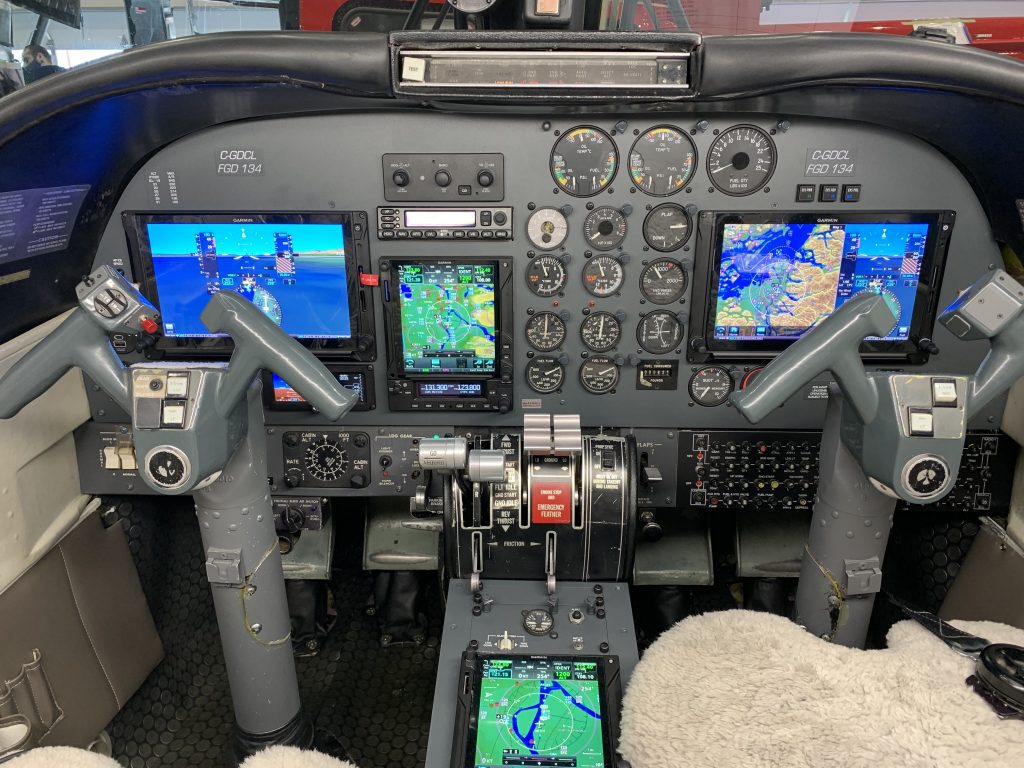
Maxcraft Solution:
The most noticeable upgrade to the panel are the two large 10.6” G600 TXi touchscreen primary flight displays (PFD). The G600 is the more sophisticated sibling to the G500, while the G500 is designed for lighter weight general aviation aircraft, the G600 is designed specifically for larger, heavier aircraft which fall under the United States Part 23 Class 3, which have a maximum takeoff weight between 6000 lbs and 12,500 lbs. While the displays themselves look nearly identical, under the hood, the G600 is more robust due to the increased use and harsher environment compared to lighter aircraft.
The perfect companion for the G600 PFDs is Garmin’s GTN 750Xi, which we installed two of for added redundancy, and operational use (you can never have too many multifunction displays). The GTN 750Xi is an integrated touchscreen flight navigation system. Taking on the job of a traditional Nav/Comm system providing VHF navigation and communications, as well as a highly accurate WAAS GPS, the GTN 750Xi has a wide variety of features to reduce pilot workload during IFR flight. The FlightStream 510 installed in the SD card slot of the GTN 750Xi allows for seamless, wireless flight plan transfers from electronic flight bags such as ForeFlight and Garmin Pilot, and database updates, reducing downtime when charts, or approach plates expire.
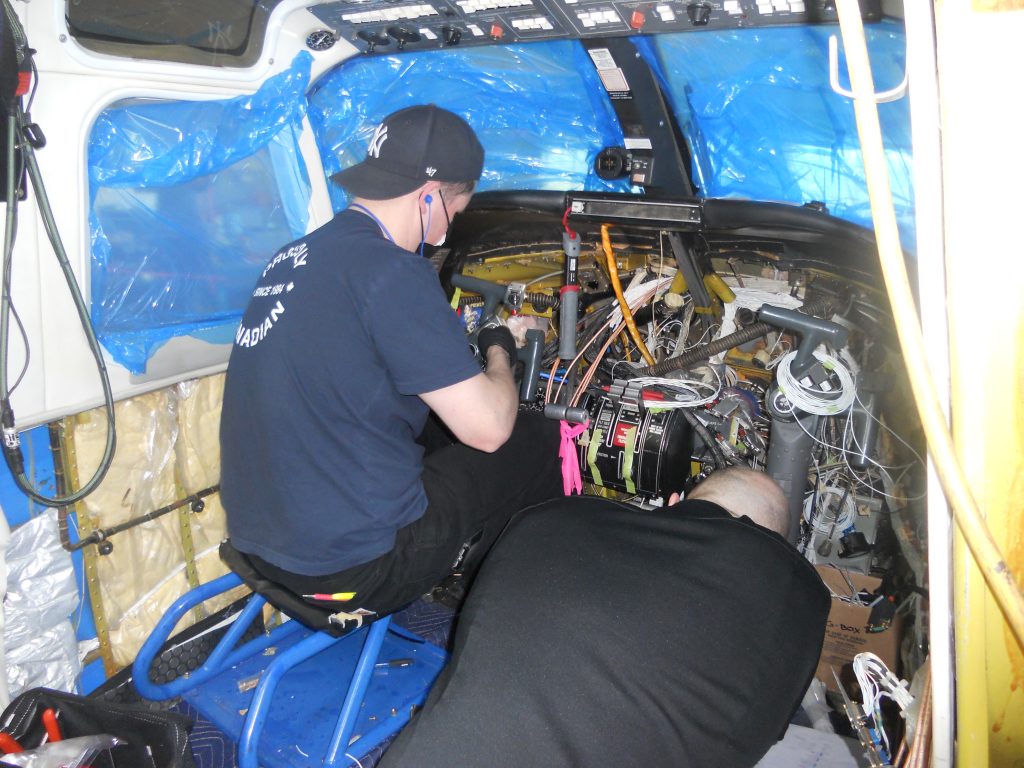
Just below the pilot’s PFD is the MD302 “SAM” standby attitude module from Mid-Continent Instruments. The SAM is used as an emergency backup display and provides the pilot all the information they need to fly the airplane in the very rare situation they experience a complete electrical failure which knocks out their primary flight display. The MD302 displays attitude, altitude, airspeed, slip, and vertical trend.
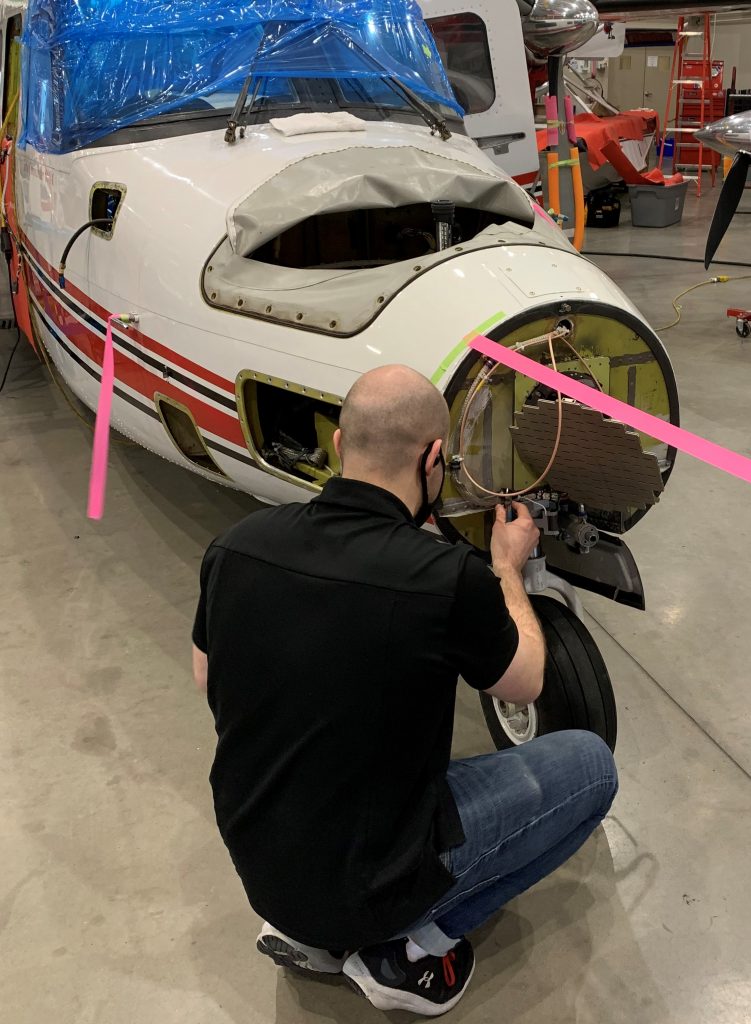
The GWX 75 weather radar from Garmin provides high definition coloured weather information. Displayed on the GTN 750Xi weather radar information is easy to access when needed, or when flying on skyclear days, the pilot can simply navigate to a different menu on the GTN 750Xi and forget about the weather radar until they next need it.
The GRA 55 from Garmin is an all-digital radar altimeter. While this technology is usually found in airliners flying extremely low visibility approaches, a radar altimeter is of extreme importance to aerial fire fighting crews. Flying in and out of mountainous terrain, it’s vital to know exactly how much altitude they have to make complex maneuvers in. The GRA 55 is designed specifically to transition between different environments quickly, such as rough terrain, treetops, sand, or even choppy water all while still displaying a highly accurate height above ground altitude on the primary flight display.
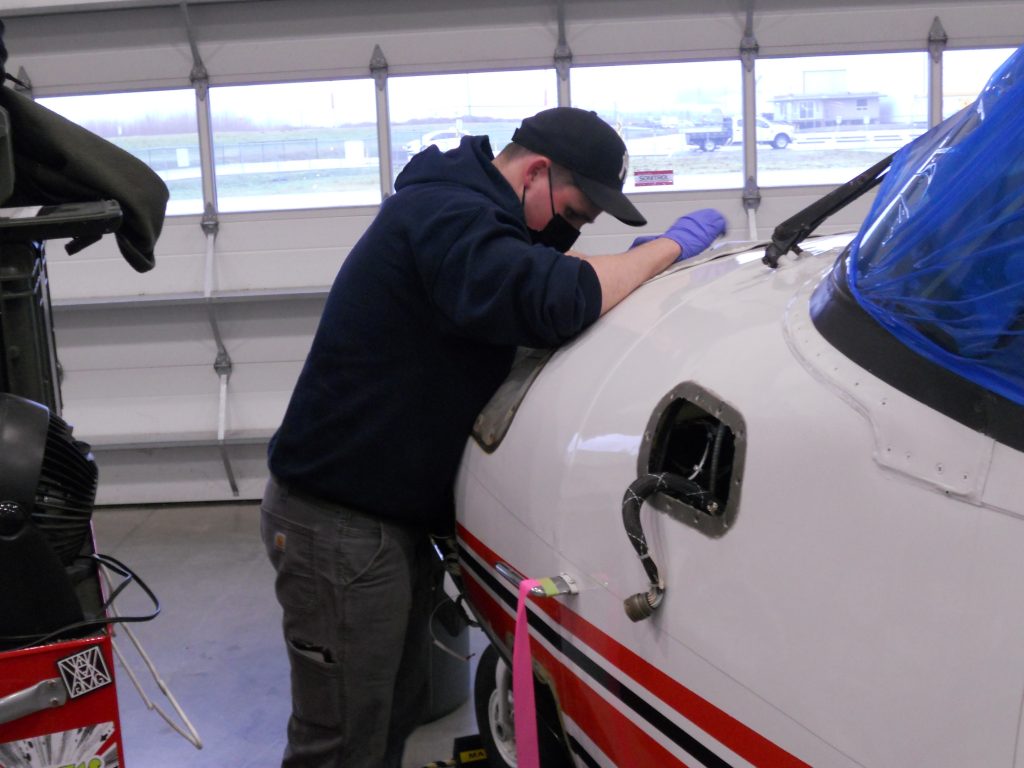
While this aircraft was already equipped with ADS-B In and Out by way of a Lynx NGT 9000 transponder, we opted to replace it with Garmin’s GTX 335R remote mounted transponder which is entirely controlled on either of the GTN 750 Xis. This saves valuable panel space which can be better utilized with specialty radios, especially when the transponder is typically only set at the beginning of the flight with the occasional ident when requested by air traffic control.
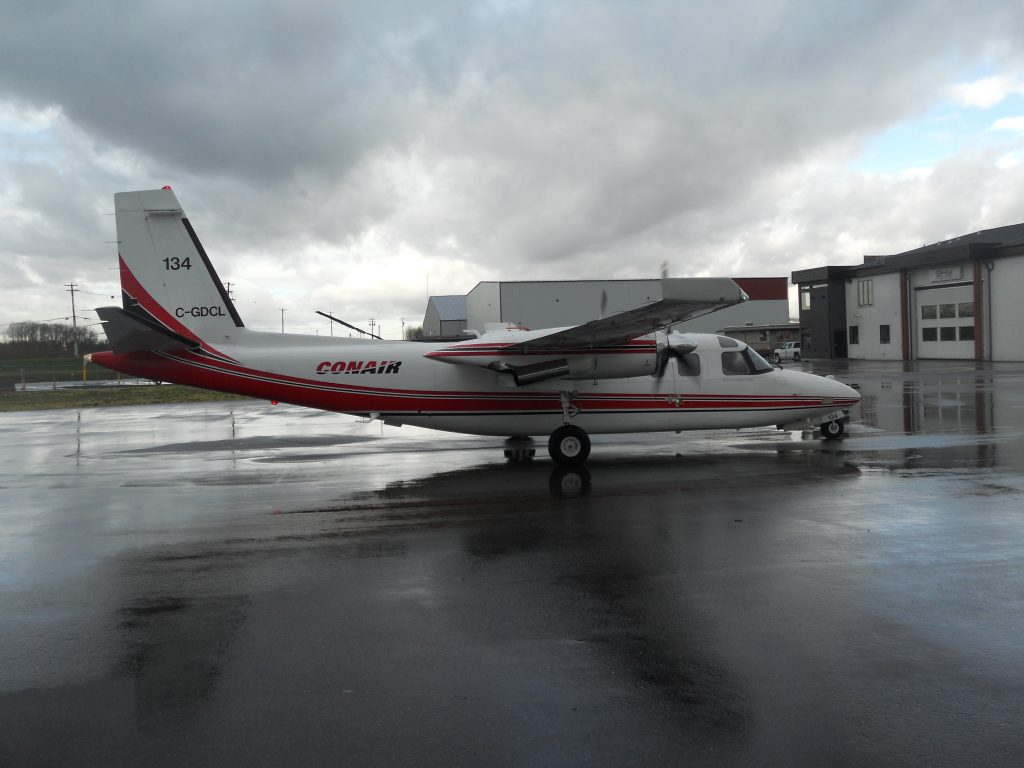
One unique operational consideration for Birddog flying is the need for many different radios to be running at one time. Often times the pilot will be running the VHF airband radio talking to air traffic controllers, while the air attack officer is on a fire fighting radio communicating with ground crews and fire suppression aircraft. The TDAP-611 audio panel system from Technisonic was chosen for this install to give the pilot and air attack officer completely independent control over which radios they monitor and transmit to.
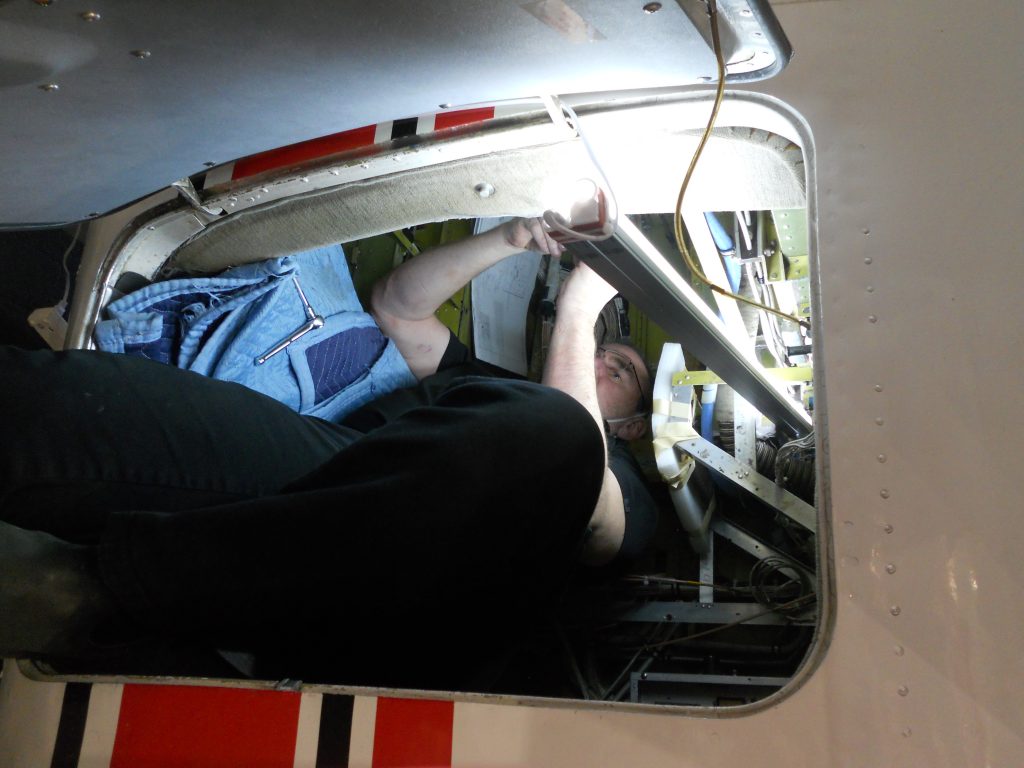
The Genesys S-TEC 3100 digital flight control system is much more than just an autopilot. On top being a powerful all digital 3-axis autopilot, it also has a wide variety of safety features such as straight and level recovery allows the pilot to bring the aircraft to level the wings and nose with the press of a single button. While much of the aerial fire fighting flights are hand flown by the pilot, an autopilot can greatly reduce pilot workload, especially when flying single-pilot IFR during repositioning flights.
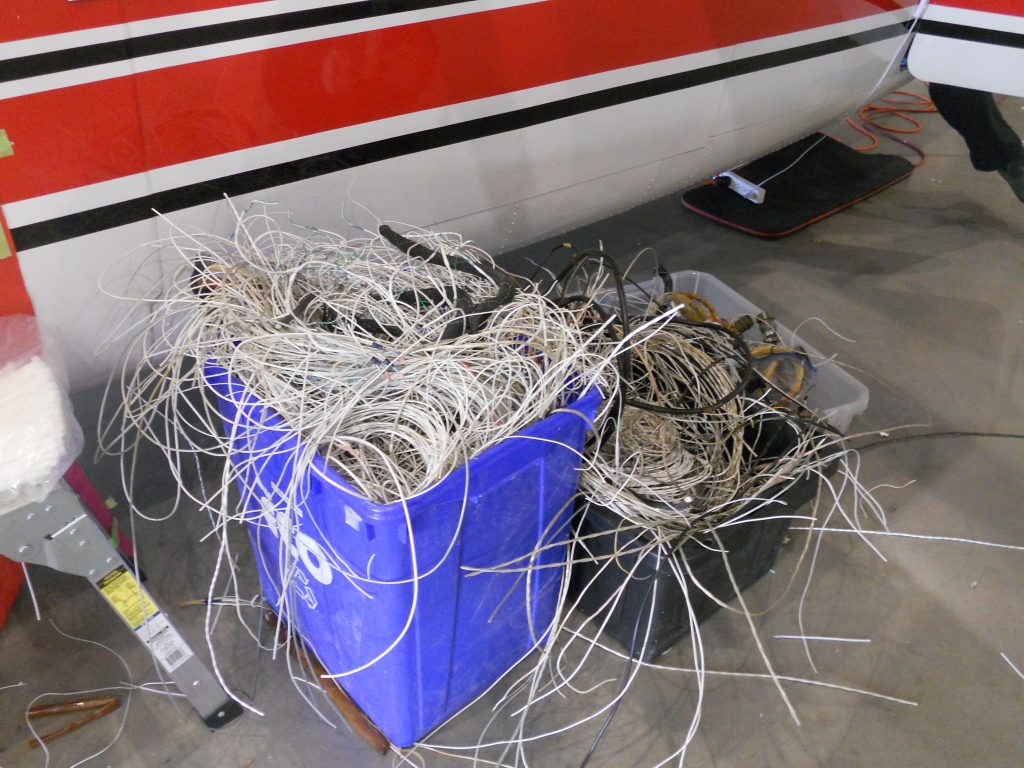
The Story:
One of Conair’s most important factors of this upgrade was the timeline. Maxcraft was under a very hard deadline as this aircraft had to be flying and ready before the fire season so Conair could begin their pre-season training and other preparations for their busiest time of year.
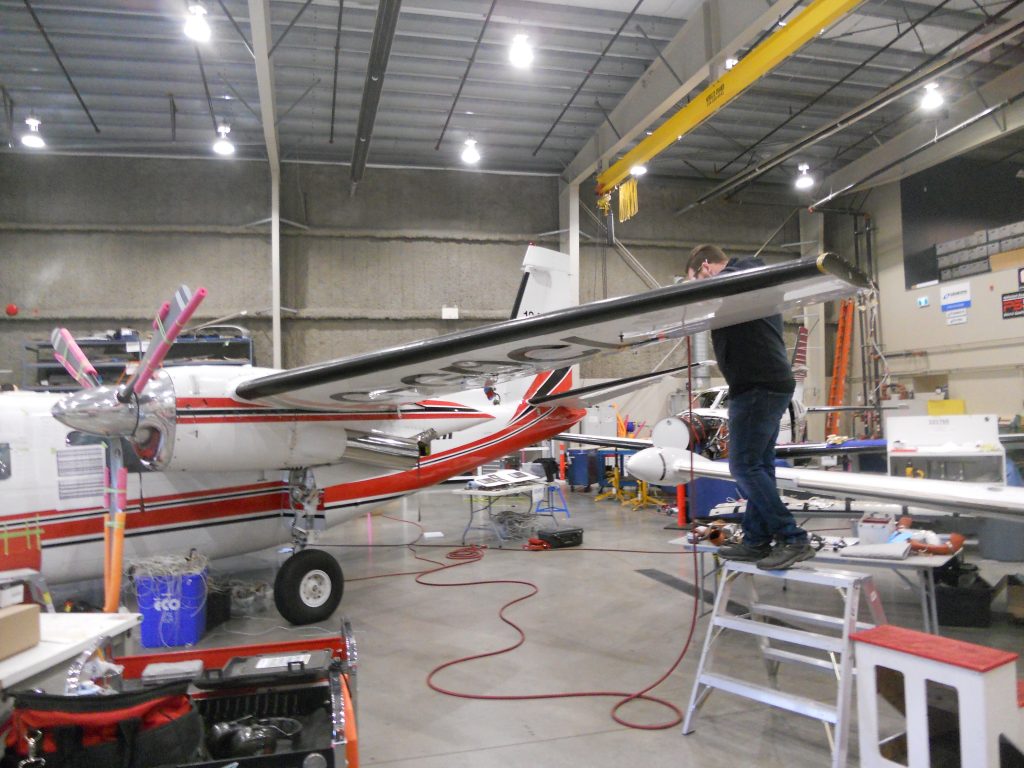
The existing center pedestal would not hold the weight of the additional equipment we were installing so we decided to beef it up by designing and installing an all-new STC’d aluminum pedestal.
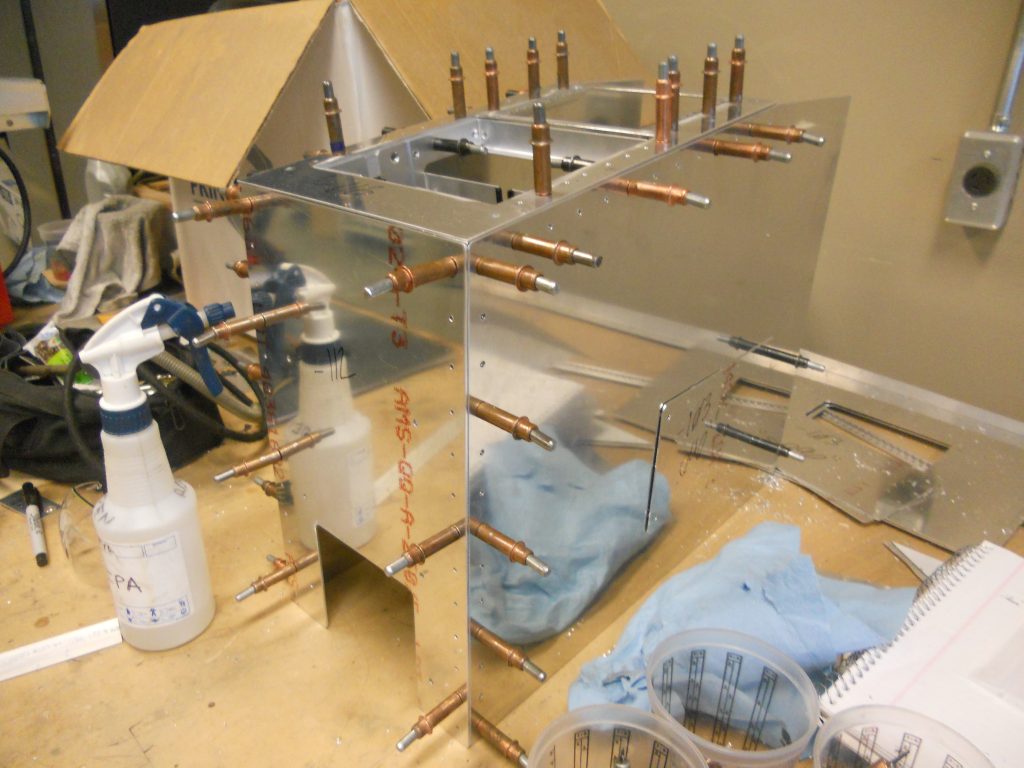

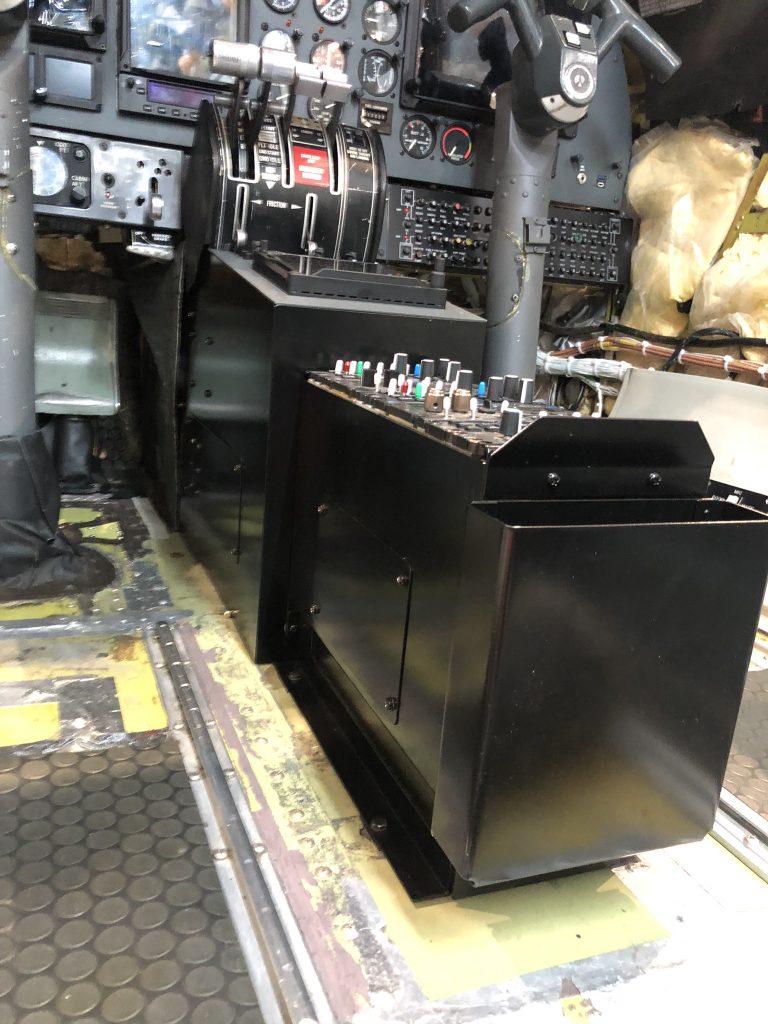
“We have partnered with Maxcraft on several projects and appreciate their Avionics AOG support. Their work on the install upgrades to our Turbo Commander birddog aircraft puts better tools in the hands of our birddog pilots and the Air Attack Officers, helping to improve aerial response over wildfires.”
Peter Martinovsky
Air Attack Aircraft Fleet Manager, Conair Aerial Firefighting


